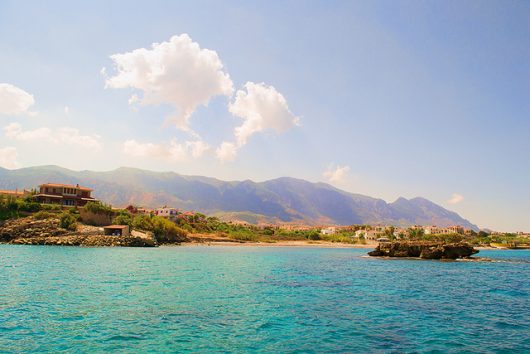5 Facts on the Current State of Education in Cyprus

Cyprus is one of the largest islands in the eastern Mediterranean Sea, situated 283 miles off the Turkish Coast. It has a vibrant history, troves of archaeological treasures, wild landscapes and abundant mineral wealth. Since 1974, the country has been partitioned between Turkish and Greek-Cypriots. As a result of this artificial division, evaluating government services like education in Cyprus is problematic.
Turkey recognizes the Turkish Republic of Northern Cyprus (TRNC) while the EU recognizes the Republic of Cyprus. A U.N. peacekeeping force in Cyprus (UNFICYP) patrols the demilitarized zone between the populations to provide security in a buffer known as the Green Line. On May 19, Cyprus reunification peace talks stalled over Turkish-Cypriot demands for oil and gas exploration rights and Greek-Cypriot requests for territory concessions.
Because of the reunification problem, education in Cyprus is difficult to quantify, but here are five facts.
- Primary education is compulsory for six years. Students then attend secondary school for six years, comprised of lower and upper levels lasting three years each.
- According to the 2015 PISA, the international student assessment of math, science and reading skills among 15-year-olds, Cyprus falls below average in all three areas. The nation’s results in the newest category — collaborative problem solving — has not been released.
- Technical and vocational education in Cyprus lasts for two years after secondary school. These pathways are not well-supported compared to university programs.
- Cyprus is known for the percentage of students graduating from colleges and universities. The government recently created an Agency of Quality Assurance and Accreditation. At present, there are three public and five private universities.
- PISA, as administered by the Organisation for Economic Co-operation and Development (OECD), measures student well-being as well as academic skills. The results of the 2015 PISA indicate that Cypriot secondary school student life satisfaction is lower than average.
Gathering statistics on education in Cyprus is difficult given the reunification problem. This rift has made it difficult to remove the deadlock which impedes socio-economic growth. Moreover, the efficiency of public spending has remained an issue for the nation’s development — particularly in education. At present, there is no single statistical office which represents all of the Cypriot people.
Hopefully, organization and unification will soon be established and improve the quality and seriousness of education in Cypress.
— JG Federman
Photo: Flickr
